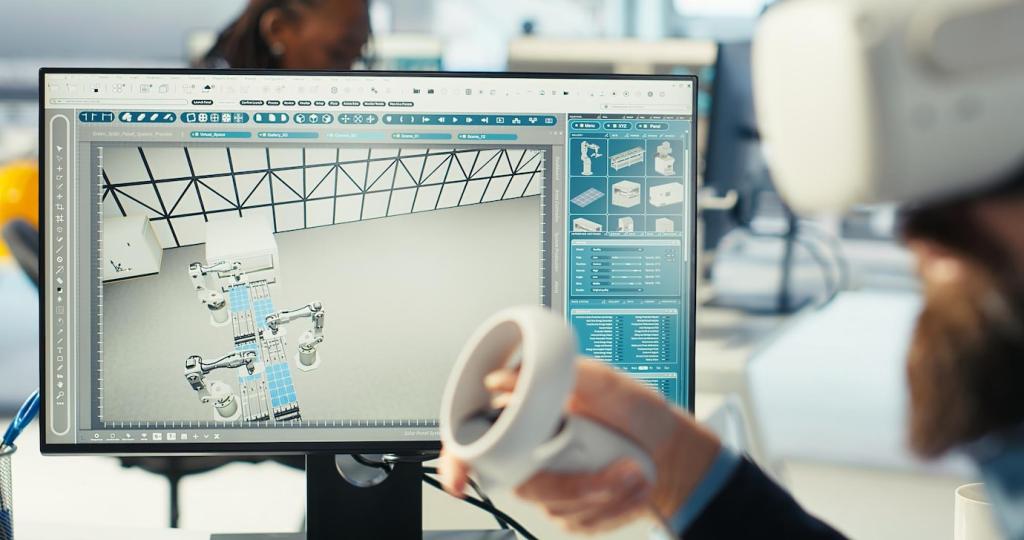Smart, Dynamic Glazing in Real Life
In a mid‑size office retrofit, electrochromic glazing cut peak cooling demand and reduced blinds use, improving views and morale. Staff reported fewer headaches from glare and steadier temperatures. Got an office with blinds always down? Share your challenge and we’ll outline a dynamic glazing strategy.
Smart, Dynamic Glazing in Real Life
Thermochromic glass tints as temperatures rise; photochromic responds to light intensity. Both operate passively, without wiring, suiting retrofits. While control is less precise than electrochromics, maintenance is low. Ask us which passive option fits your façade orientation and daily sunlight patterns.
Smart, Dynamic Glazing in Real Life
Pair smart glass with daylight sensors and HVAC controls for compounding savings. Automated tint schedules reduce cooling spikes and stabilize interior comfort. Interested in a simple control roadmap? Subscribe for a checklist covering sensors, integration steps, and validation tips for measurable results.







